
Table of Contents
Background: Special Access Programs (SAPs)
Special Access Programs (SAPs) in the U.S. Federal Government are security protocols that provide highly classified information with safeguards and access restrictions that exceed those for regular (collateral) classified information. SAPs can range from black projects to routine but especially-sensitive operations, such as COMSEC (communications security) maintenance or presidential transportation support. In addition to collateral controls, a SAP may impose more stringent investigative or adjudicative requirements, specialized non-disclosure agreements, special terminology or markings, exclusion from standard contract investigations (carve outs), and centralized billet systems.
Two types of SAP exist - achknowledged and unacknowledged. The existence of an acknowledged SAP may be publicly disclosed, but the details of the program remain classified. An unacknowledged SAP (or USAP) is made known only to authorized persons, includeing members of the appropriate committees of the United States Congress. Waived SAPs are a subset of unacknowledged SAPs in the Department of Defense (DoD). These SAPs are exempt by statutory authority of the Secretary of Defense from most reporting requirements and, within the legislative branch, the only persons who are required to be informed of said SAPs are the chairpersons and ranking committee emmbers of the Senate Appropriations Committee, Senate Armed Services Committee, House Appropriations Committee, and the House Armed Services Committee. Oftentimes, this notification is only oral.
For additional information, see https://www.thedrive.com/the-war-zone/29092/special-access-programs-and-the-pentagons-ecosystem-of-secrecy
Davis-Wilson Memo: Executive Summary
In October 2002, physicist Eric Davis had a lengthy conversation with retired Vice Admiral Thomas Wilson, in a meeting arranged by Association of Former Intelligence Officers (AFIO) Las Vegas chapter president Richard Cohn. Davis had been looking into getting information about a crash retrieval program and had gotten a letter from Will Miller in April 2002 that offered some leads. Wilson had decided to speak to Eric Davis after talking to Oke Shannon in 1999, as well as Rich and Doug from AFIO, who all vouched for him. Davis was someone who wouldnt betray Wilsons trust, which was very important to Wilson as Miller had talked to a journalist about a private meeting in the Pentagon with Wilson, which got published in 2000.
Wilson told Davis about this Pentagon meeting that happened in April 1997 where he, Defense Intelligence Agency (DIA) Director General Patrick Hughes, and an admiral had met with a group consisting of Steven Greer, Will Miller, and Apollo 14 astronaut Edgar Mitchell to talk about UFOs, crash/retrieved craft, etc. Miller and Wilson talked a couple hours after the group meeting. Wilson would spend the next several weeks looking for such a secret program.
Wilson made calls and talked to people, getting information on where to search. Speaking with people such as former Secretary of Defense William Perry, the Under Secretary of Defense for Acquisition and Technology (USDAT) Paul Kaminski, as well as several Air Force generals he got tips to go through the records group files at OUSDAT. Wilson made several calls with those people to verify he had the right contractor and program manager to talk to and they confirmed it. He had also talked to several program managers who either said they werent the program he was looking for or referred him to that same one.
Wilson contacted the program manager and was on a conference call along with the security director and corporate attorney. He explained that he wanted to know about their crashed UFO program and what their role was. They were surprised and agitated by Wilsons call, and wanted to know who Wilson had talked to before he reached them. Wilson told them he wanted a formal briefing, tour, etc. and was exploiting his regulatory authority as Deputy Director DIA to provide the necessary oversight.
A face-to-face meeting was arranged at their facility. Wilson flew out and met the three in a secured conference room, at a top aerospace defense contractor. “The watch committee”, or gate keepers as they called themselves, consisted of the security director (a NSA-retired counter-intelligence expert), program director, and corporate attorney. They explained how their cover was nearly blown previously over an audit investigation and that money and keeping the program hidden were paramount issues. A formal agreement was struck with people at the Pentagon to prevent such circumstances happening again, where there would be rigorous access criteria set by the contractor committee, regardless of government personnel position or clearance. When Wilson asked what the criteria was, these three refused to answer. The meeting’s purpose was to tell Wilson they were worried about exposure and wanted an accounting of his conversations at the Pentagon and elsewhere. After much argument, they pulled out their list of individuals read into the program which was dated 1990, updated 1993, and consisted of 400-800 names. This list had no politicians or staffers in the White House or Congress, and only a handful of Pentagon individuals Wilson recognized - it was primarily civilian program employees: engineers, scientists, managers, etc. The program manager said it was a reverse engineering program of an intact craft they believed could fly (space? air? water? dimensions?), that they didn’t know where it was from but the technology was not of this Earth - not made by man - not made by human hands. The lack of outside expert community collaborations made progress very slow. Wilson was still angry for being denied access and threatened he would go to hte Special Access Program Oversight Committee (SAPOC) to gain access.
In June 1997, a subgroup of SAPOC members called the Senior Review Group (SRG) met with Wilson at the Pentagon and ultimately agreed they would sustain the contractor - Wilson would not be granted access. Wilson was very angry and told by the SRG chairman that he was to immediately drop the issue or he would not be promoted to Director of DIA, get early retirement, and lose 1 or 2 stars along the way.
In January 1998, Jacques Gansler (the new USDAT) and Wilson talked and Gansler had been briefed on the matter and told Wilson UFOs are real, so - called alien abductions not real and that Wilson should not discuss it further. Wilson served as Director of DIA from July 1999 to July 2002. Wilson was in Nevada to wrap up some projects he had begun in 1998 and used the opportunity to meet with Davis. Davis said hed use the notes for personal research, to track down the story, and ascertain signal/noise in media and from government sources. He asked Wilson about whether he would talk to some of his colleagues like Hal Puthoff and Kit Green, but Wilson said hed prefer not to talk to anyone else about it again as it would risk exposure.
Davis-Wilson Memo Timeline
Sparked Interest
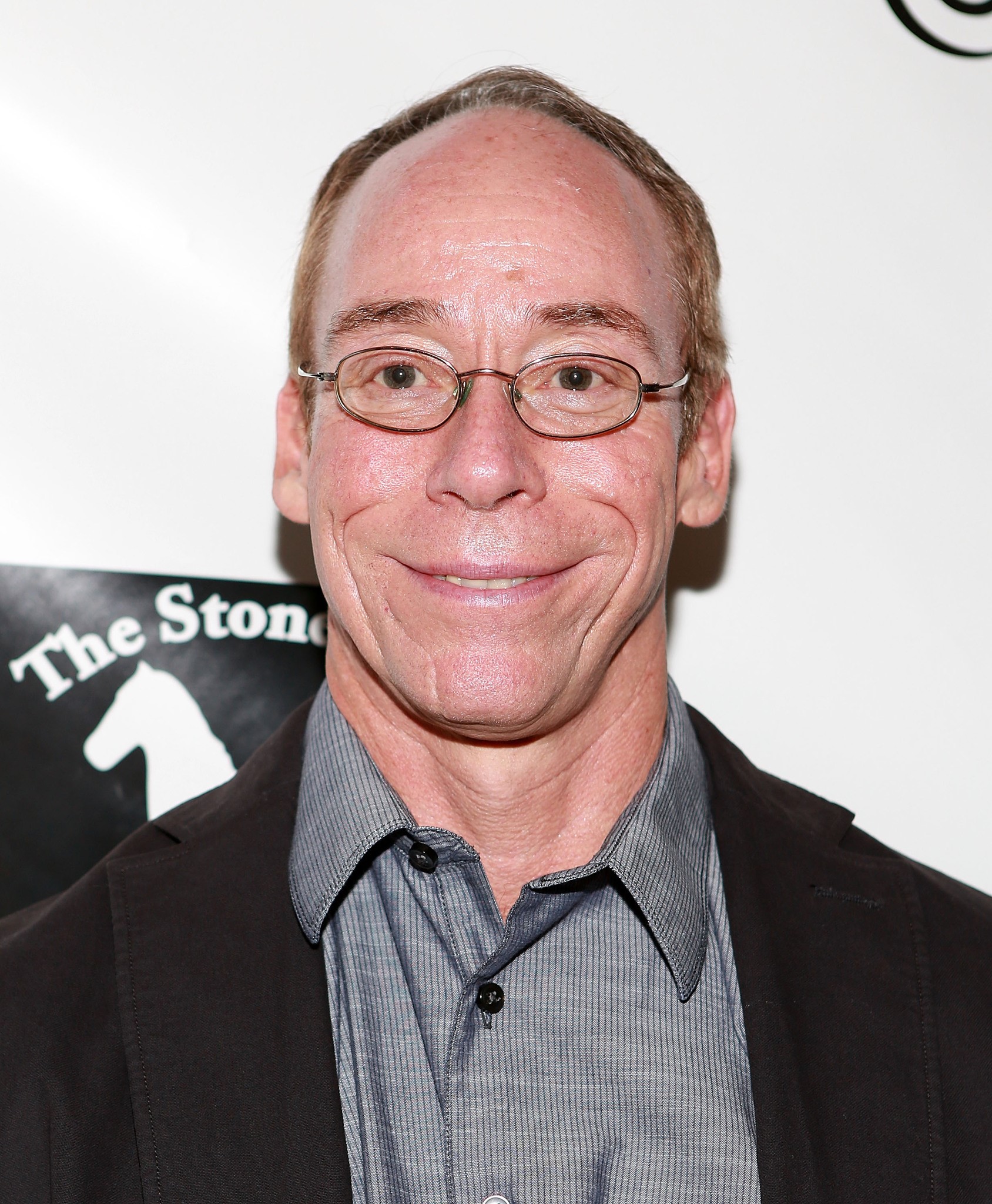
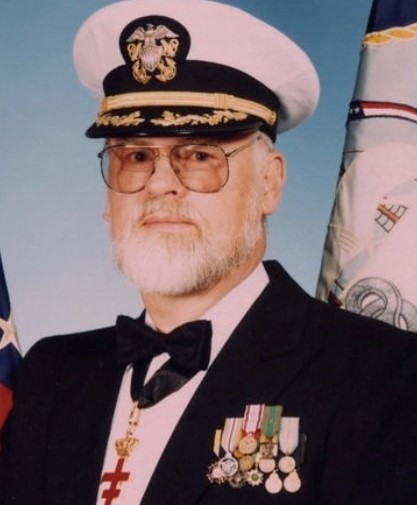
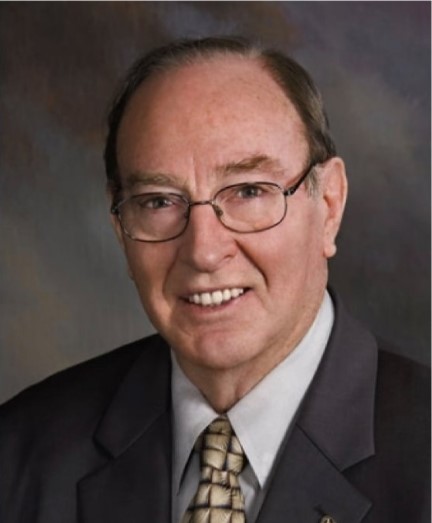
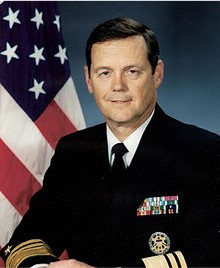
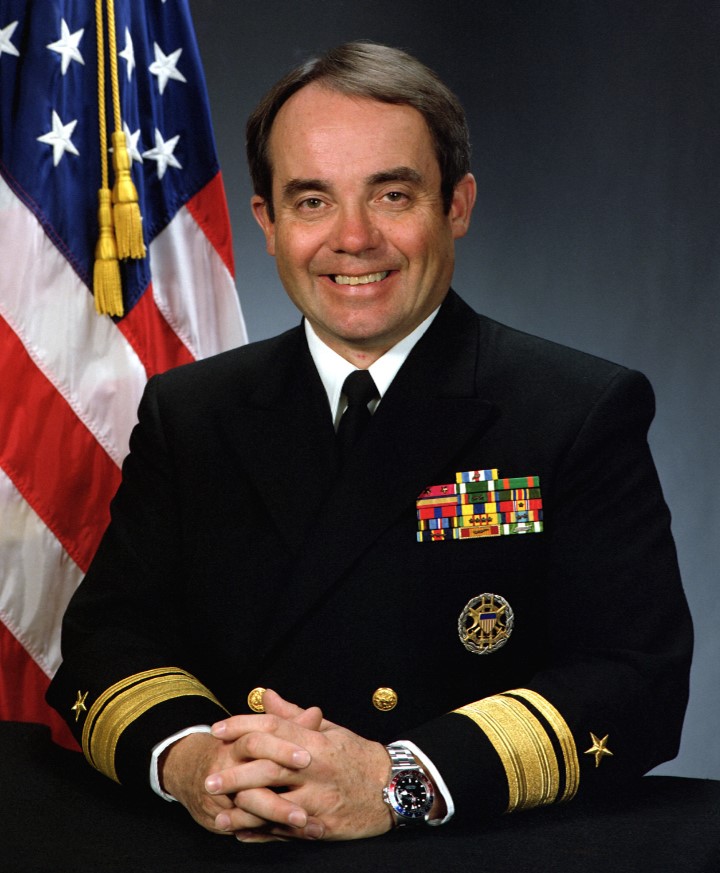
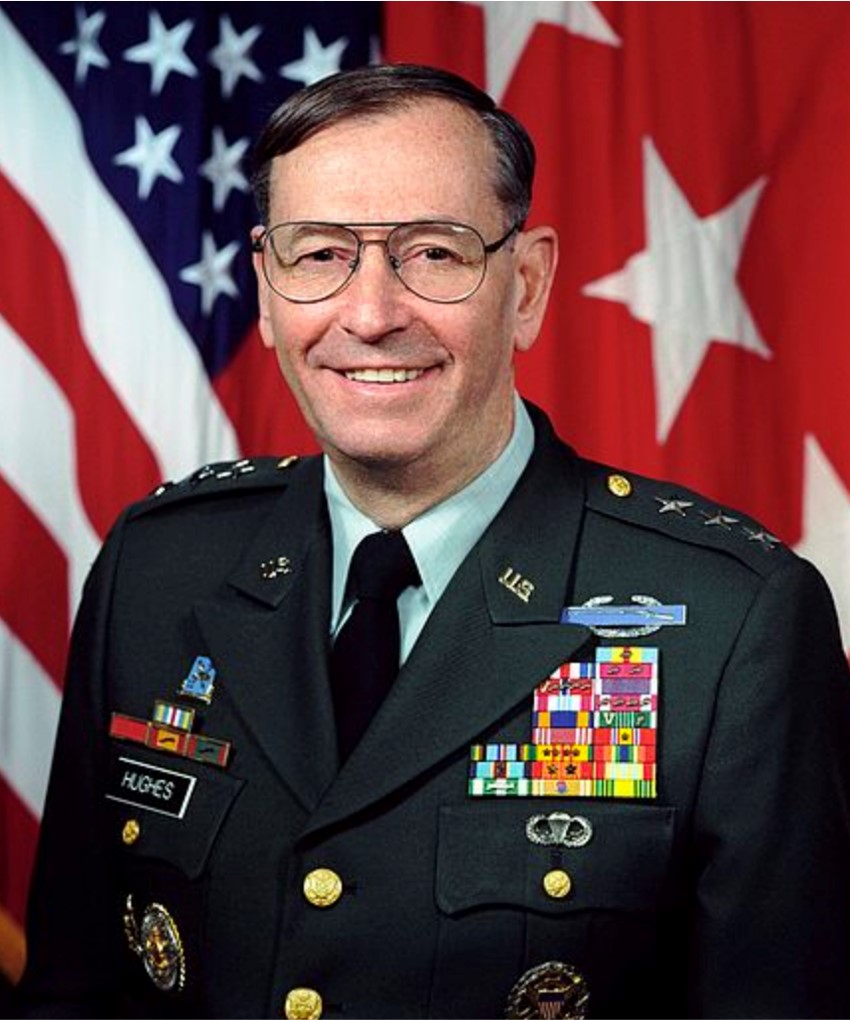
April 9, 1977
- Dr. Steven Greer, Cmdr. Willard Miller, Dr. Edgar Mitchel, and others hold a confidential congressional briefing at the Westin Hotel in Washington. VIPs in attendnace include the Chair of the House Committee on Government Reform and Oversight, staffers from nearly thirty congressional offices, and representatives of two state governors, the Department of Defense, and others.
April 10, 1977
- Greer, Miller, and Mitchell gave talk in Pentagon Conference room with Adm. Tom Wilson, Adm. Mike Cramer (typo in Davis-Wilson Memo as Crawform), Gen. Pat Hughes; others present. Miller and Wilson talked privately afterward for 2 hours on topics including crashed UFOs. Wilson is intrigued about claims and decides to search if such a program exists.
The Search
circa mid April 1997
- Wilson starts making calls, knocking on a few doors, talked to people – went on about 45 days on and off. Gen H. Marshal Ward said to go through the records group files (like an index system) in Office of Under Secretary of Defense for Acquisition and Technology (OUSDAT). May 1997
- Former Secretary of Defense William J Perry, who reorganized special programs in 1994, suggested same thing as Ward. Wilson talked to Paul Kaminski (USDAT) and Michael Kostelnik (former Director of Special Programs, OUSDAT and Executive Secretary, Special Access Program Oversight Committee).
Rogue Program
End of May 1997
- Wilson made several calls to Kaminski, Kostelnik, and Perry who confirmed he had the right contractor and program manager to talk to. Wilson made three calls to the program manager – one with conference call with security director and corporate attorney, who were agitated and surprised by the call. Four program managers had referred Wilson to that trio, and three programs said they weren’t what/who Wilson was looking for. Wilson said he wanted formal briefing, tour, etc. per his regulatory and statutory authority of his position.
2 days later
- The watch committee of the program director, security director (counterintelligence expert that was retired from National Security Agency), and corporate attorney called Wilson and said they would do a face-to-face meeting at their facility. Wilson would go 10 days later.
circa mid June 1997
- Wilson flew out there and met the three in their conference room in their secure vault. They explain their program is a reverse engineering program involving technological hardware recovered that their program manager said was not of this Earth. These gatekeepers said they made an agreement with some in the Pentagon Senior Executive Service to set the criteria for who has a need-to-know after an earlier incident with an audit investigation nearly blew the lid off them. They showed their bigot list, the personnel possessing appropriate security clearance and who are cleared to know details of the sensitive information, which had 400-800 names, mostly civilian program employees but no politicians. Wilson was being denied access by them and he said he would take it up with the Special Access Program Oversight Committee (SAPOC).
circa near end of June 1997
- Wilson called SAPOC subgroup members (Senior Review Group) to Pentagon meeting and told them what happened. 2 days later and met again with Senior Review group (before last week of June) and they said they were sustaining the contractor and Wilson to immediately drop the matter and let it go.
Silencing
circa near late June 1997
- Wilson told Miller that Miller was right and such an organization (MJ-12/UFO cabal) existed. Wilson says he told Miller what he did in Pentagon Records Group search but no more. Wilson told Miller Senior Review Group chairman (purported to be Deputy USDAT Noel Longuemare, Jr.) said if Wilson didn’t drop it he wouldn’t see Director DIA promotion, get early retirement, lose 1 or 2 stars along the way.
September 1997
- Wilson begins as Associate Director of Central Intelligence for Military Support at CIA.
January 1998
- Wilson talked to the Kaminski’s successor, Jacques Gansler about June 1997 meetings. Gansler said he had been briefed about it and that “UFOs are real, so-called ‘alien abductions’ not real,” then told Wilson to drop the matter – no more discussion about it.
March 1998
- Wilson is assigned as Director for Intelligence (J-2), a DIA billet operationally allocated to the Joint Staff.
September 15, 1998
- Hughes had a follow-up briefing with Greer and Miller, more formal than the April 1997 meeting.
July 27, 1999
- Wilson assumes post of Director of Defense Intelligence Agency (DIA), replacing Hughes, and is promoted to Vice Admiral.
Circulation
circa August 1999
- Wilson calls Oke Shannon in 2 hour phone conversation, with Wilson asking if he can trust Dr. Eric Davis and a few others. Shannon said Davis was honorable and wanted Wilson to talk to Davis about what he told Miller (ca. April 1997 and June 1997), saying that Davis was a team player and would stay quiet, obeying all restrictions. Wilson said he was too busy at the time.
May 21, 2000
- Boston Globe publishes story by Leslie Kean describing Miller’s April 1997 meetings in Washington. The following month this is published in the French magazine VSD and mentions “Miller, Lovekin, Mitchell and Greer brought the same information to the Joint Staff Vice Director for Intelligence at a private Pentagon briefing.” Wilson is furious at Miller for violating personal and professional trust, as both Navy and intelligence colleagues. Wilson got calls from all over and was butt of sarcastic, stupid jokes.
September 12, 2001
- Greer gives lecture in Portland, Oregon which includes that Wilson was denied access to the program for not having a need to know.
Preparation
April 2002
- Davis is laid off of Robert Bigelow’s research organization National Institute for Discovery Science (NIDS). Mitchell was on the NIDS Science Advisory Board.
April 25, 2002
- Miller sends 2-page letter to Davis about how he would be open to providing assistance about information on UFO crash retrievals and entities within the government (or outside of it) that are involved in that business.
July 29, 2002
- Wilson relieved as Director of DIA, replaced by Admiral Lowell “Jake” Jacoby.
September 2002
- Association of Former Intelligence Officers (AFIO) Las Vegas chapter president Richard “Rich” Cohn talks to Wilson, sending him papers from Davis and suggesting Wilson talk to him about DIA careers.
- Cohn and Douglas “Doug” Nousen, a founding member of the AFIO Las Vegas chapter, had vouched for Davis. The chapter’s first meeting would be in October and they told Wilson they were looking for guest speakers.
October 2002
- Wilson is on trip arranged by National Nuclear Security Administration (NNSA) to visit test site special area to wrap up projects he had begun in 1998.
- Cohn messages Davis about meeting Wilson. Cohn tells him date (Wednesday, October 16), time (“meet at 10 A.M. – don’t be late!!”) and place (EG&G Special Projects building at Grier Drive and Paradise Road).
Meeting & Notes
October 16, 2002
- Meeting between Davis and Wilson in Las Vegas. Davis takes detailed notes of 70 minute meeting that would become Davis-Wilson Memo (see Appendix III).
2006
- Researcher Richard Dolan claims to have seen 2 or 3 of the pages of the Davis-Wilson memo (speculated to be by Harold “Hal” Puthoff, who was Davis’s boss at EarthTech International). Publicly mentions it at conference in Las Vegas on November 9.
July 4, 2008
- Mitchell recalls Wilson story on CNN’s Larry King Live. (YouTube link)
End of July 2008
- At the 39th MUFON International UFO Symposium, in San Jose, California, Kean was shown the whole Davis-Wilson memo and took notes, but was not allowed to keep a copy.
October 2010
- Mitchell describes the Davis/Wilson meeting in Las Vegas, in h+ magazine interview: “another contact of mine, who must also remain nameless because he’s on classified programs, encountered the Admiral in Las Vegas, where he had been looking for and trying to get into the so-called “strategic access program” around the UFO incident and had been denied.”
February 4, 2016
- Mitchell dies at age 85. He had lived with his nephew, Mitchell “Mitch” Harkins. In 2016, Harkins gave permission to a very close friend of the late Mitchell (speculated to be Paul Duggan) in assisting clearing up the estate and many of the private papers that were to be trashed were saved by him.
Going Public
2016
- James Rigney of Australia was good friends with this friend of Mitchell, who he had known since at least 2013 and was without connection to any military or intelligence agency, and in two stages over a twelve month or longer period let him look through Mitchell’s files and copy a number of documents. He had received the first of the two documents for several years, and knows several others who had them (partially) for a decade or so.
June 28, 2018
- Harkins dies at age 50 in motorcycle accident.
November 5, 2018
- Rigney showed Canadian researcher Grant Cameron the Davis-Wilson memo, which originated from Mitchell’s files.
December 4, 2018
- Gansler dies at age 84.
January 2019
- Cameron gets copy of the full 15 pages of the Davis-Wilson Memo from Rigney.
April 19, 2019
- Davis-Wilson memo was quietly leaked to public through site Imgur. https://imgur.com/a/ggIFTfQ
- Cameron had Chase Williams upload it anonymously.
Davis’s Actions
June 19, 2019
- Jimmy Church interviews Cameron about the leak.
October 21, 2019
- Davis, brought to Capitol Hill by Christopher Mellon, provides classified briefing on retrievals of unexplained objects to staff members of the U.S. Senate Committee on Armed Services. Two days later Davis provides classified briefing on retrievals of unexplained objects to staff members of the U.S. Senate Select Committee on Intelligence.
November 2019
- Steven Greenstreet interviews Davis (uploaded May 2020) where Davis states the memo was “leaked out of Ed Mitchell’s estate.”
December 2019
- Davis begins working for The Aerospace Corporation as Senior Project Engineer, ending 15 years as Chief Science Officer at Puthoff’s company EarthTech International, Inc. and its research division the Institute for Advanced Studies at Austin.
March 2020
- Davis gave classified briefing to Department of Defense agency about retrievals from “off-world vehicles not made on this earth.
July 23, 2020
- The New York Times publishes article by Kean and Ralph Blumental “No Longer in Shadows, Pentagon’s U.F.O. Unit Will Make Some Findings Public” that details Eric Davis’s involvement providing classified briefings.
- Davis is put under gag order by his employer The Aerospace Corporation.
Congress Acts
May 17, 2022
- The House Intelligence’s Subcommittee on Counterterrorism, Counterintelligence, and Counterprliferation held the the first public congressional hearing on unidentified aerial phenomena since 1968. Rep. Mike Gallagher asks USD(I&S) Ronald Moultrie if he was aware of the memo. Moultrie said he was not and Gallagher got unanimous consent to enter the memo into the record. https://www.congress.gov/117/meeting/house/114761/documents/HHRG-117-IG05-20220517-SD001.pdf
May 18, 2022
- Gallagher, who had been told about the Davis-Wilson memo by Stanford professor Dr. Garry Nolan, is interviewed on the Pat McAfee Show and says over the course of the next year there’s a number of people that could be interviewed, such as Davis and Wilson, to confirm or deny allegations.
June 22, 2022
- U.S. Senate Select Committee on Intelligence unanimously passes Intelligence Authorization Act for Fiscal Year 2023 which includes UAP reporting procedure that would have a classified system for reporting any event relating to UAP and government or government contractor activity related to UAP, freeing them of any written or oral nondisclosure agreement or other legal constraints. This is publicly released July 14, 2022.
July 6, 2022
- Gallagher and Rep. Rubén Gallego (D-AZ) cosponsor and publicly file a UAP reporting procedures amendment for consideration in the U.S. House of Representative’s National Defense Authorization Act (NDAA). The amendment was accepted into the NDAA legislation and then approved by the full House on July 14, 2022.
December 2022
- House approves reconciled NDAA as H.R. 7776 in a 350-80 vote on December 8, 2022 and the Senate approves in a 83-11 vote on December 15, 2022 (see Appendix II). It was signed by President Joe Biden on December 23, 2022 and became Public Law 117-263.
Appendix I: Public Statements
Public Statements from Adm. Tom Wilson
Adm. Tom Wilson, interviewed by Billy Cox (Aug 5, 2008)
When asked if he’d ever been barred from retrieving classified material, exotic or otherwise, during his career:
Never
Interview with Billy Cox (2020)
Primary quotes from interview:
It’s all fiction. I wouldn’t know Eric Davis if he walked in right now.
I’m not saying that sometime, somewhere, I never met (Davis), but I certainly don’t know him, I don’t remember him, and I definitely did not sit with him in a car for an hour in Las Vegas.
You may also see in those notes where I came with two other naval officers, a lieutenant and a lieutenant commander, and a petty officer who was driving the car. I was not even in the Navy then. And the Navy was certainly not ferrying me around in a car at that point. Those notes are really detailed – it’s like somebody wrote a fiction piece. But it never happened, trust me. There are so many things in those notes that are demonstrably inaccurate. And I don’t know how I could prove it, but I haven’t been to Las Vegas since 1979, 80.
On the synopsis of the notes:
Silly.
Regarding a meeting referenced in the notes
I don’t remember the details, but they [Mitchell was accompanied by UFO researcher Steven Greer] said there would be evidence in black programs, and would I be interested in chasing it down. I told them I had far too many things to do. I’m not saying there are no such programs because I don’t know. I didn’t check or follow up. It might not have been a waste of time for somebody (to pursue), but I did not have time to waste, believe me. At the time I was up to my eyeballs in Bosnia and Kosovo and Korea and Iraq and, you name it, terrorism. So I didn’t feel I should spend my time — well, I had enough black programs I had to deal with.
Email to Ross Coulthart (June 30, 2020)
The entire memo attributed to Dr. Davis, including his characterization of my attitude, emotions and sentiments about other individuals is pure fiction.” “Many of the people (Oke Shannon, Mike Crawford, Linda, Rich, Doug) he characterizes in the memo as people I interacted with are completely unknown to me, as are the conversations I purportedly had on Special Access Programs related to UFOs with senior officials in the Department of Defence …
Email to Billy Cox (September 2022)
To my knowledge I have never met Oke Shannon, and certainly didn’t call him to arrange any meetings with anybody . . . This whole debate about ‘the memo’ is ludicrous as far as I’m concerned.
Public Statements from others in Davis-Wilson Memo
Dr. Eric Davis, interviewed by Steven Greenstreet (Nov 2019)
I can’t discuss that.” “I’m not at liberty to discuss it.
They were leaked out of Ed Mitchell’s estate and there’s nothing I can say about it.